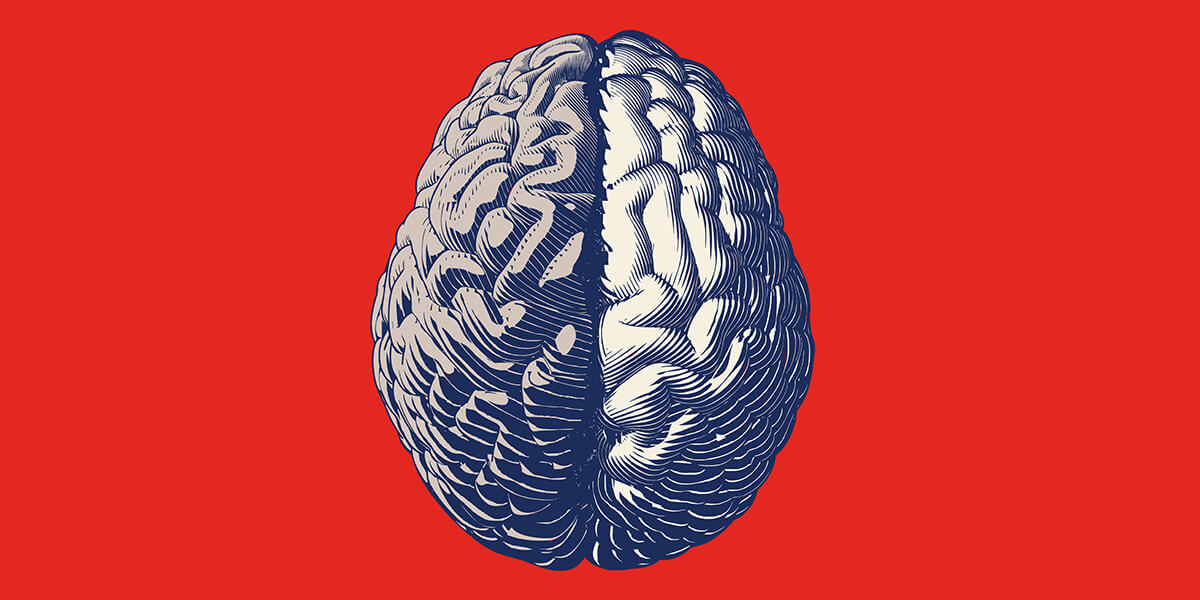New AI System Detects Rare Epileptic Seizures - USC Viterbi | School of Engineering

🌈 Abstract
The article discusses the development of an AI system by USC researchers to improve the detection and diagnosis of rare and complex forms of epileptic seizures. The system leverages additional information, such as the positions of EEG electrodes and the brain regions they monitor, to identify patterns indicative of different seizure types, even with limited training data.
🙋 Q&A
[01] Epilepsy and AI-based Detection
1. What are the key facts about epilepsy and the need for improved detection methods?
- Epilepsy is a neurological disorder that affects the nervous system and causes seizures, affecting 3.4 million people in the US and 65 million worldwide
- 1 in 26 people will develop epilepsy at some point in their lives, and 1 out of 1000 people with epilepsy die from unexpected deaths each year
- 70% of people with epilepsy could live seizure-free if adequately diagnosed and treated
- Machine learning techniques have been developed to detect and classify seizures from EEG signals, but have struggled with rare forms of epileptic seizures
2. How does the new AI system developed by USC researchers aim to address the limitations of existing approaches?
- The system integrates multiple sources of information, including the positions of EEG electrodes and the brain regions they monitor, to identify patterns or features that indicate when a seizure is likely to occur
- This technique helps the system generate accurate results with less data, even in rare seizure types where there may only be a few examples in the training data
- The system looks at spatial relationships in brain regions and prioritizes brain areas involved in specific seizure types, such as the motor cortex, basal ganglia, cerebellum, and brainstem for atonic seizures
[02] Potential Impact and Future Developments
1. What is the goal of the researchers in developing this AI system?
- The goal is not to replace doctors, but to supplement their knowledge in hard-to-detect cases of epileptic seizures
- The system could be a "game-changer" in clinical neurology, making the task of detecting and diagnosing seizures easier, faster, and more reliable for clinicians
2. What are the potential future developments and applications of this technology?
- The researchers hope the technology will be incorporated into wearable sensors that feed information to a smartphone, which could prompt an alert if it detects any irregularities in the brain waves
- This could open up incredible opportunities for the early diagnosis and treatment of epilepsy, as brain seizures can happen very suddenly and detecting them earlier could save lives
Shared by Daniel Chen ·
© 2024 NewMotor Inc.